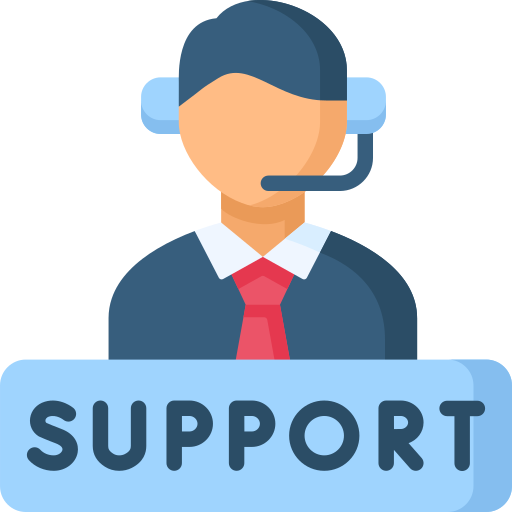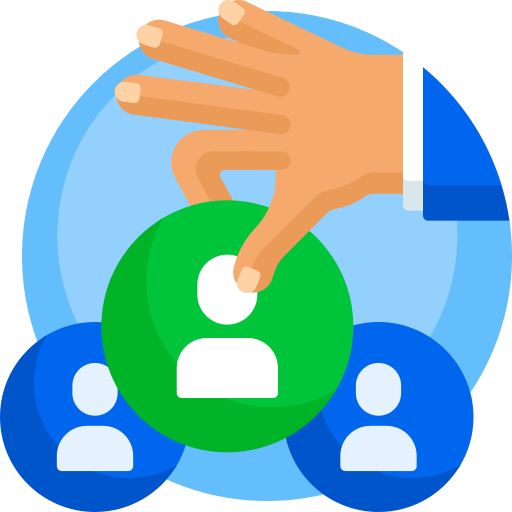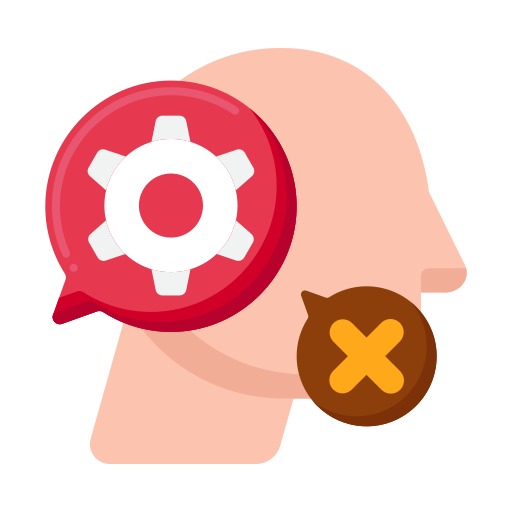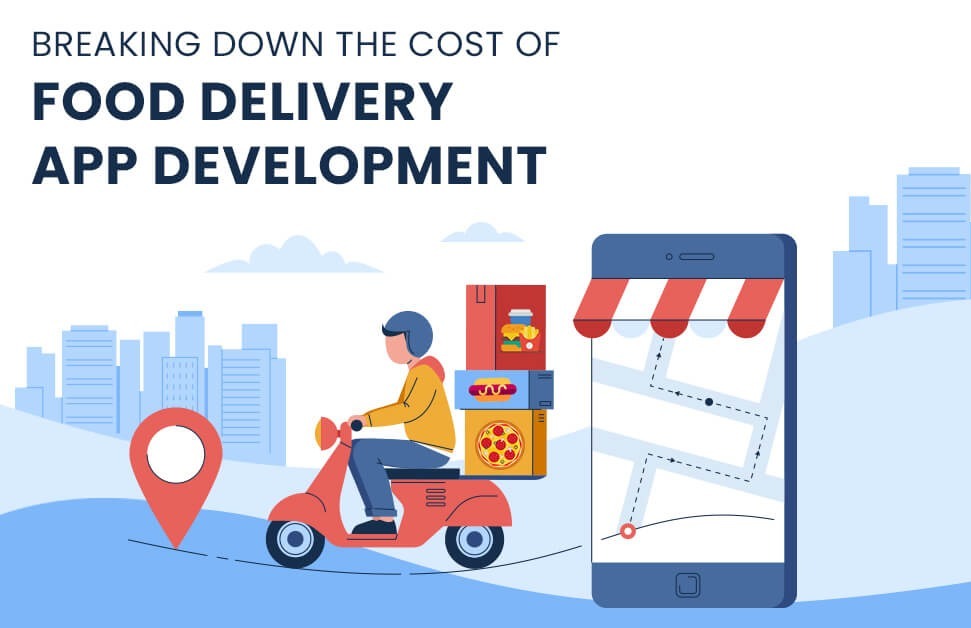More than 85% of Americans order their meals once a month through a food delivery app. Not just because it is convenient but necessary, as ordering food and takeouts is a part of their lifestyles. The on-demand meal delivery industry generates billions of dollars annually, with revenue crossing the bar of $95 billion in 2024. It is still possible for startups, restaurants, and even food businesses to make a move. Our comprehensive guide on food delivery app development will equip you with the right knowledge to tap into this exponentially growing market.
Stage 1: Decide the Most Beneficial Market
The online food delivery market is divided into meals and grocery deliveries. Before getting into the development, decide which one benefits your customers and business.
Meal Delivery Services
If you run a restaurant, meal delivery service is the most profitable choice for you and your customers. A food delivery app allows you to offer customers various meal options and payment options, such as a cash-on-delivery or subscription-based service.
Ideal Customers for This Segment are
-
Busy individuals with little time to cook.
-
Those who do not enjoy cooking or lack culinary skills.
-
People are looking for a quick and easy meal solution.
Grocery Delivery Services

Today's customers prefer healthy choices. They are aware of their food and demand organic and fresh products.
By developing a grocery delivery app, you can offer them fresh groceries directly from the farm or supermarkets.
It will benefit even local farmers and producers, who often lose much of their profit to intermediaries. Such services will connect them with the right customers and help them get the right price. On the other hand, you can earn through commissions for every order.
Ideal Customers for This Segment are
-
Individuals who enjoy cooking and want control over their ingredients.
-
Families who need to buy a variety of items.
-
Those looking to save money by cooking at home.
-
Local farmers, small markets, and food retailers.
Meal Kit Delivery Services
Meal kit delivery services are another lucrative option to attract customers, in addition to the two popular options mentioned above.
With meal kits, you can offer them pre-cooked meals or partially prepared ingredients to prepare delicious foods at home. Businesses interested in food can also benefit by connecting restaurants with customers.

Ideal Customers for This Segment are
-
People who enjoy cooking but want to save time on meal planning and shopping.
-
Those who want to learn new recipes and improve their cooking skills.
-
Busy professionals and families looking for a middle ground between convenience and home-cooked meals.
Stage 2: Think of the Pricing Model
No matter which online food delivery market you choose, the revenue and success you will generate depend on your business model. That is again important.
There are a few ways businesses earn in this industry. They either operate as an aggregator, delivery service provider, or through their services.
Aggregator
Become a bridge between restaurants and customers and earn restaurant commissions. You can charge between 15% to 35% as an aggregator. If your mobile app becomes a big hit or earns more with promotional services, it could go high. DoorDash, the USA's largest food ordering and delivery company, runs on an aggregator model.
Delivery service provider
Be the delivery partner and earn from customers and restaurants. From commission fees, subscriptions, paid promotions, sponsorships, and delivery fees, you get multiple options to earn revenue, just like Uber Eats.
Stage 3: Learn How Does a Food Delivery App Work
You do not have to go into the technical details of a food delivery app, but a basic understanding of how it works is important. It will give you an idea of the users' expectations and experience to expand your market reach and increase revenue.

Here’s the flowchart that shows how a food delivery app works.
This is the basic flow, but what happens in the background is more important. Your app communicates with various APIs and other technical components to smoothly execute the user's request, which takes us to the next stage of food delivery app development.
Stage 4: Select the Food Delivery App Development Company
If you have a team and experts who can develop a stunning mobile app for your food delivery business, skip this stage.
Others will need to hire mobile app developers. Remember, your decision at this stage will decide the success of your mobile app.
The right food delivery app development company is someone with:
-
Senior developers who understand the challenges of the food industry and their audience.
-
Create a creative and innovative approach to help you attract customers and beat competitors.
-
Knowledge of the latest technologies used for app development such as Flutter, Android, iOS, Xamarin, and more.
-
Understanding compliance and regulations, agile development methodologies, cybersecurity practices, cloud technology, etc.
-
Ability to do complex integrations, including APIs, GPS, payment gateways, third-party services, and platforms.
-
A dedicated quality assurance team to test your application.
-
Experience with AI technologies to incorporate smart features in your meal or grocery delivery application.
-
Transparency in their development process, pricing models, and SLAs.
Though these are not the only qualities, they are a great starting point for finding the right partner.
Stage 5: Start Developing a Food Delivery App
Development is the most important stage where your mobile app for food delivery services starts taking shape. The process begins with:
1. Understanding the Market Landscape
Thoroughly analyze apps that offer similar services like Uber Eats, DoorDash, and Grubhub. Explore their strong and weak areas to find gaps your app can fill.
2. Defining Your Unique Value Proposition (UVP)
What is your mobile app's unique selling point (UVP)? Does it offer faster delivery, a better user interface, multi-cuisine options, or lower service fees? A unique value proposition will give you the right start from the beginning.
3. Planning and Design
At this stage, think of the key features to include in your Android or iOS app for food delivery. Here are a few to get started:
-
User registration and profile management
-
Restaurant listings and menus
-
Search and filter options
-
Order placement and payment integration
-
Real-time tracking
-
Ratings and reviews
-
Customer support
To differentiate your app, add advanced features as well like:
-
AI-powered recommendations
-
In-app chat between customers and delivery personnel
-
Subscription plans
-
Loyalty programs
3.1 UX/UI Design
Features alone won't attract users; a visually appealing user interface is also necessary. A good user interface has easy navigation, quick load times, and a seamless process. Hire professional UI/UX designers to create wireframes and prototypes for your mobile application.
4. Development
The actual thing begins at this stage; therefore, choosing the right partner and technologies for the food delivery mobile app is important.
The common technologies used for building such apps include:
-
Frontend: React Native, Flutter
-
Backend: Node.js, Ruby on Rails
-
Database: MongoDB, PostgreSQL
-
Payment Gateway: Stripe, PayPal
You can cherry-pick the technologies according to your requirements. The final development will take weeks or months to complete. Test your app to fix any errors and make improvements during the process.
With continuous integration and delivery, the final application will have everything you wish to expect.
5. Testing
Testing is again an important stage. It includes various testing types to check every aspect of your mobile app.
For example, functional testing will focus on core functionalities, whereas performance testing will ensure the smooth working of the application. You can either test manually or automate the testing stage with automation testing tools.
5.1 Beta Testing
Release a beta version of your food delivery app to a limited audience before launching it. Many businesses follow this approach to test their apps in real-world situations. Get feedback on features, security, user interface, and other parameters. Fix those issues and prepare for the official release.
6. Post-Launch and Marketing
Launch is not the end but the beginning phase, during which you may receive both good and bad feedback, real-time issues, and suggestions.
Instead of ignoring them, focus on fixing the problems mentioned by customers. However, only some feedback or suggestions are worth trying. Focus on the important ones that improve your food delivery application's user experience and functionalities.
At this stage, the right marketing strategy can make your app successful. Analytics tools will help you in the process. They tell you about the user behavior, app performance, and other key metrics. Be ready to change your marketing strategy according to the results for better visibility and response from the audience.
6.1 Customer Support
Support your customers related to queries like order delays, transaction failures, or login issues. Use platforms such as in-app chat, email, and phone to address their issues quickly. Your prompt support and response will help you enhance user satisfaction and retain customers.
Stage 6: Estimate the Right Cost of Developing a Food Delivery App
Unlike when everything was traditionally done, developing a mobile app is not expensive today. Thanks to automation tools have made things faster and easier for businesses. Still, there’s a good amount of cost involved in developing grocery and food delivery apps.
According to current trends, a food delivery app development company may charge between $ 15,000 and $150,000.
Conclusion
Food delivery app development is profitable for restaurants, grocery stores, and delivery service providers. However, success and revenue come to those who understand the market deeply and follow the right approach.
Our guide is a roadmap to thrive in this highly profitable market. Consult experts for more specific strategies and cost estimations.
For more information contact : support@mindnotix.com
Mindnotix Software Development Company


 AI-Taxi App
AI-Taxi App AI-Food App
AI-Food App AI-Property Mgmt App
AI-Property Mgmt App AI-CRM
AI-CRM AI-Fantasy App
AI-Fantasy App
 Web Development
Web Development App Development
App Development Business & Startup
Business & Startup Hire Developer
Hire Developer
 Digital Marketing
Digital Marketing Lead-generation
Lead-generation Creative Agency
Creative Agency Branding Agency
Branding Agency Augmented Reality
Augmented Reality Virtual Reality
Virtual Reality Internet of Things
Internet of Things Artificial Intelligence
Artificial Intelligence Blockchain
Blockchain Chatbot
Chatbot



